Website and Images © 2014 Betty Mackey
Something Special in Garden Books





I am often asked for advice on publishing. This is my 28th year as an independent book publisher. I have been a member of the Garden Writers Association even longer. Recently I gave a lecture on print on demand publishing technology to my fellow garden writers. Here is my handout with live links to service providers and other sources of information. I have used only a few of these services, so this is not an endorsement of any of them. You have control of your own book, but that means you must work hard to keep quality high. If you are planning to self publish, use research and caution and find the best services for your needs. © 2014 by Betty Mackey
-- Betty Mackey
Print On Demand. Is It Right for You?
Print on demand (POD) refers to computer-based printing technology which permits professional looking books to be rapidly printed one at a time from digital files. The cost is reasonable. You order books in small quantities as needed. If you sell books to a client such as Amazon.com you can have the POD books sent directly to them. The publisher (you) owns the copyright.
POD makes custom and short run publishing feasible. Many large established publishers use this technology to keep their back list in print. POD is also used in printing clothing, calendars, mugs, and more. Individual writers sometimes find that using POD services gives them a practical way to self publish without taking on large expenditures or turning their homes into warehouses. But they must also guard against errors of many sorts and absorb any losses caused by mistakes.
There’s a pro track of providers intended for experienced publishers. Prices are low and quality good, but these printers offer NO editorial, technical, marketing, or design assistance. Books are sent to them as finished computer files built to exacting specifications, ready to print with no further fine tuning. There is documentation detailing sizes, prices, paper, specifications, and so on. LightningSource is an example.
Then there are other providers such as Lulu.com and CreateSpace which are meant for individual authors who are self publishing. They provide services and offer “wizard” tools for creating your projects online. The price you pay depends on which services you purchase. There are many options and variations available including editorial, design, and marketing assistance.
POD quality has improved in the last ten years. The smeary ink is gone, and many fine writers are turning to POD now that computers and technology permit the desktop creation of books as good as traditionally published works. But POD publishing is not the answer for every book or every writer.
On the negative side, it takes production expertise for your book after you’ve written it, or else a lot of expensive special services. Many time-intensive tasks are involved. New hardware and software may be required If you hire experts, your costs go up (it may be worth it!). The economics of full color printing work against you. You must work hard to sell and publicize your book. You don’t have a publisher’s marketing department behind you. Some reviewers refuse to look at self-published books. Bookstores do not like dealing with POD books. If you are well known, you might want to try to find an agent or big publisher.
On the positive side, if you are skilled in multimedia, you probably can do POD with ease. If you have an audience, local or national, you have someone to sell your books to. You don’t have to get the attention of an agent or big publishing house to be published. Being a book author instantly confers worthwhile benefits. People see you as an expert. When you give talks, you have books to sell, and are more in demand as a speaker. Any profits are all yours. You have control over content, tone, and appearance of your book.
PUBLISHING, SELF PUBLISHING, AND PRINT-ON-DEMAND
What’s in a Book? Here are the traditional elements of a nonfiction paperback.
Front cover: title and subtitle, author, art.
Spine: title, author, publisher’s colophon or mark.
Back cover: subject and suggested price (top left). Main text blurb with description and/or endorsements or reviews. Publisher’s name. Bar code. ISBN (International Standard Book Number).
Title page (1): title and subtitle, author, publisher, and city.
Copyright page (2): Publisher, author, copyright date, copyright statements, credits to contributors, info on cover photos. CIP data for library filing.
Body: contents, foreword or introduction, text, and illustrations.
Back matter: bibliography, resources, glossary, index.
POD and Independent Publisher Resources
· http://cip.loc.gov/ Library of Congress. Cataloging in Publishing homepage. Provides CIP data.
· http://www.copyright.gov/ USA Copyright Office. http://www.bowker.com Bowker, 630 Central Ave., New Providence, NJ 07974. 1-888-269-5372. Bowker is the ISBN assignment agency. Each book should have its own ISBN – International Standard Book Number—and a bar code of same.
· http://www.amazon.com. Explore Amazon for options from CreateSpace publishing to book selling to the publisher Advantage program and more.
· http://www.btol.com. Baker & Taylor. Major book distributor to stores and libraries
· http://www.quality-books.com .Quality Books. Library distributor. They sell to libraries and offer CIP data.
· http://www.adobe.com. Software for the multimedia and publishing world.
· http://ParaPub.com. Dan Poynter, Self-Publishing Guru. Free info online plus a, newsletter, books, and programs around the world. Take a look at Dan’s site.
· http://en.wikipedia.org/wiki/Self-publishing Good writeup of POD and publishing information.
· http://mickrooney.blogspot.com/ A blog on self publishing and independent publishing by author Mick Rooney.
· https://www.lightningsource.com/ Pro printing on demand and short run. Espresso Book Machine.
· http://www.blogger.com. Start your own web blog. Free.
· http://www.blurb.com. Provider of print on demand specializes in interior color. Offers wizard tools for book layout.
· http://www.booklocker.com . Printing on demand, ebooks, and short run.
· http://www.bookmarket.com/index.html . John Kremer, marketing guru. Free tips and more.
· http://www.cafepress.com. POD printing of posters, stickers, tee shirts, pillows, drinkware, more.
· http://iuniverse.com. iUniverse. Publish POD with multi-level packages of services.
· http://www.lulu.com. Lulu. Provider of print-on-demand services: books, calendars, ebooks. They have wizard tools for easier book production of book block and cover.
·
Since 2005, books from B. B. Mackey Books have been produced using Print on Demand services. Our publications are available by mail (booklist from B. B. Mackey Books, P. O. Box 475, Wayne, PA 19087-0475) and online from www.amazon.com and www.mackeybooks.com , and by special order from full service bookstores.